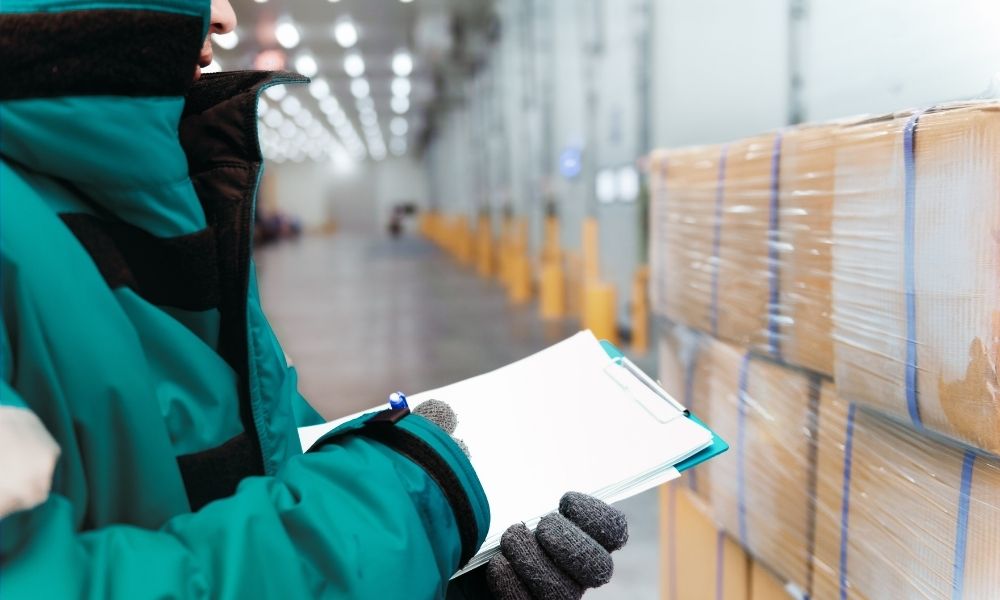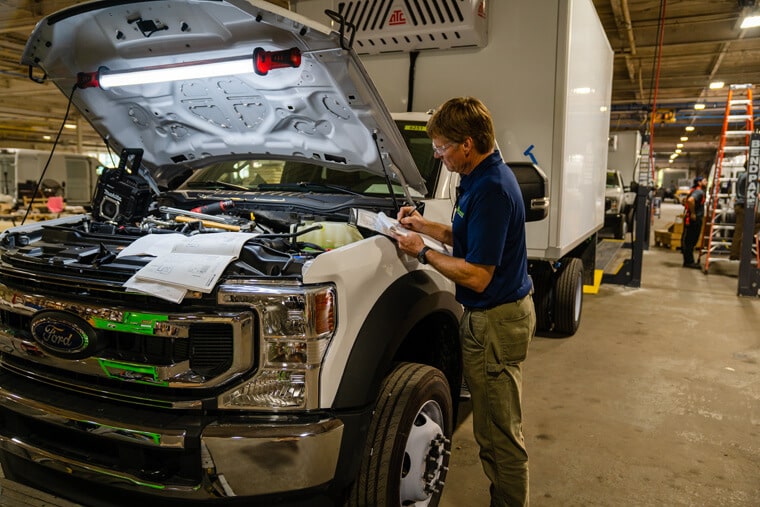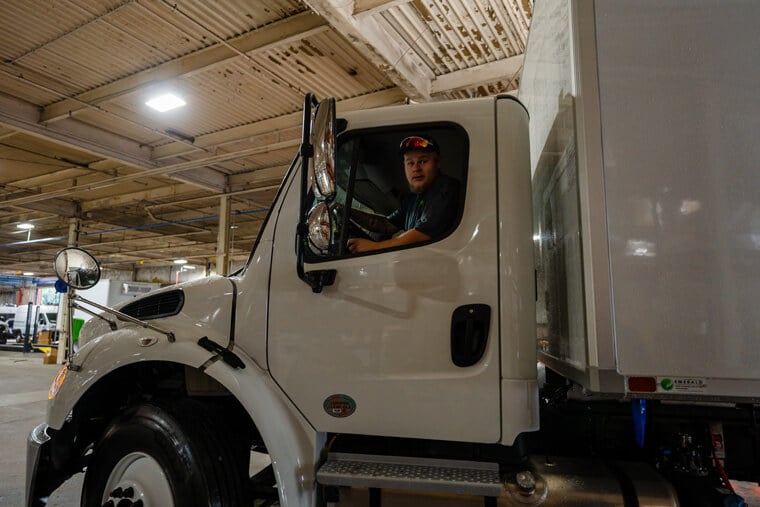
The Ideal Temperature for Transporting and Storing Beer
Joe Dickman | December 22nd, 2021
Your beer always tastes best the moment you finish brewing it. When you practice adequate storage and transportation methods, you can help preserve the excellent taste as much as possible until it reaches consumers. Below, we outline the ideal temperature for transporting and storing beer to help ensure you’re giving people the best possible product.
How You Store Your Beer Can Affect It
The most important reason to keep your beer cold is to ensure the taste stays as close to the moment you finished brewing it. The longer the beer gets exposed to heat, the older it will taste. The reason warmer temperatures change the beverage’s taste is due to chemical reactions taking place inside of it.
This change is due to the Arrhenius equation, which states that the chemical reaction doubles for every 18-degree Fahrenheit increase in temperature. The biggest reason for these changes is oxidation, where the oxygen present inside the beer starts to react and gives it the taste of wet paper or cardboard. Beer is continuously degrading slowly, but colder temperatures help stave off the oxidation more effectively.
What’s the Ideal Storage Temperature?
While heat does change the taste of your beer, that doesn’t mean you need to crank your freezer to below-freezing temperatures. Different beer styles have different ideal storage temperatures. For example, most American stouts are best served at around 50 to 55 degrees Fahrenheit, while pale ales are better between 45 and 55 degrees.
How Should You Transport Beer
Since beer starts degrading much quicker when exposed to heat, keeping it cool during the entire transportation process is crucial. Prevent it from jostling and help prevent temperature fluctuations by wrapping it in Styrofoam, newspaper, or even packing peanuts. Ensure that you set your refrigerated trucks and vans between 37- and 45-degrees Fahrenheit while transporting your beverages for optimum delivery.
Knowing the ideal temperature for transporting and storing beer can help preserve the taste and integrity of your beverages for as long as possible. Emerald Transportation Solutions offers the best beverage trucks for sale to help ensure your beer and other drinks stay ideally stored until they arrive at their destination. Feel free to contact us with any questions about our vehicles.
Related Articles
Contact Us
Feel Free To Contact Us If You Have Any Questions
What does under DOT mean?
Questions regarding DOT requirements come up often. 10,000 lbs GVW (gross vehicle weight) and over are commercial vehicles that fall under the Department of Transportation regulatory requirements.
What is the difference between GVW and payload?
GVW or Gross Vehicle Weight is the entire weight of the vehicle including the payload. The payload weight represents the amount of cargo you are hauling.
What is a self-powered unit and a vehicle-powered unit?
A self-powered unit has its own fuel source and will run independent of the truck. This is the heaviest and most expensive option. While vehicle-powered units run off the engine via a compressor mounted on the engine. These are less expensive and lighter in weight but you must run the truck or plug the electric standby into shore power.
What does K-factor mean and why is that important?
K-factor is a term that stands for the overall insulating value of the container (truck body). Quite simply the lower the K-factor the better the truck body will be able to maintain a given temperature and require less energy to do so.
How much lighter is a Poly Van vs a US spec body?
Poly Van bodies are very light. On average we estimate we are 75-150 lbs per foot lighter than a traditional sheet and post foamed in place body. These weight savings translates to less fuel burn and less CO2 emissions, along with added payload, the most important benefit.






